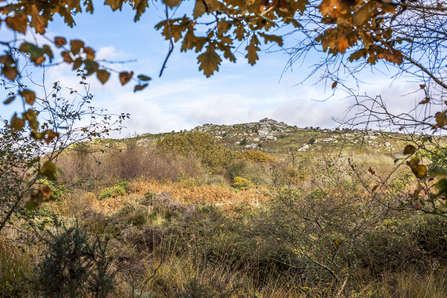4 minute read
The problem – in a nutshell
Or, perhaps an eggshell? Birds in Cornwall are declining – almost half of breeding birds. And it’s not just birds. According to the State of Nature Cornwall 2020 Report "Nature is in decline in Cornwall. Over the last 30 years, nearly half of terrestrial mammals and three-fifths of butterflies are found in fewer places... Whilst a few species have prospered, it is clear that an ecological emergency is unfolding."
That fits with the national picture. Almost 12 years ago an independent review of England’s wildlife sites, led by Professor Sir John Lawton, drew some chilling conclusions. Wildlife sites are too small. Too isolated. Climate change will only make this worse. "This is bad news for wildlife but also bad news for us," said Lawton. The wildlife sites we have just don’t cut it.
The problem in an eggshell? Nature just doesn’t have enough space.


